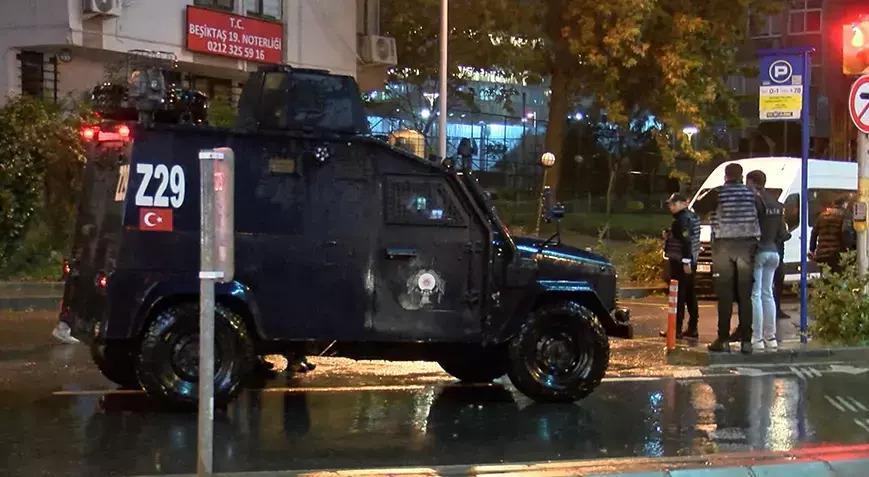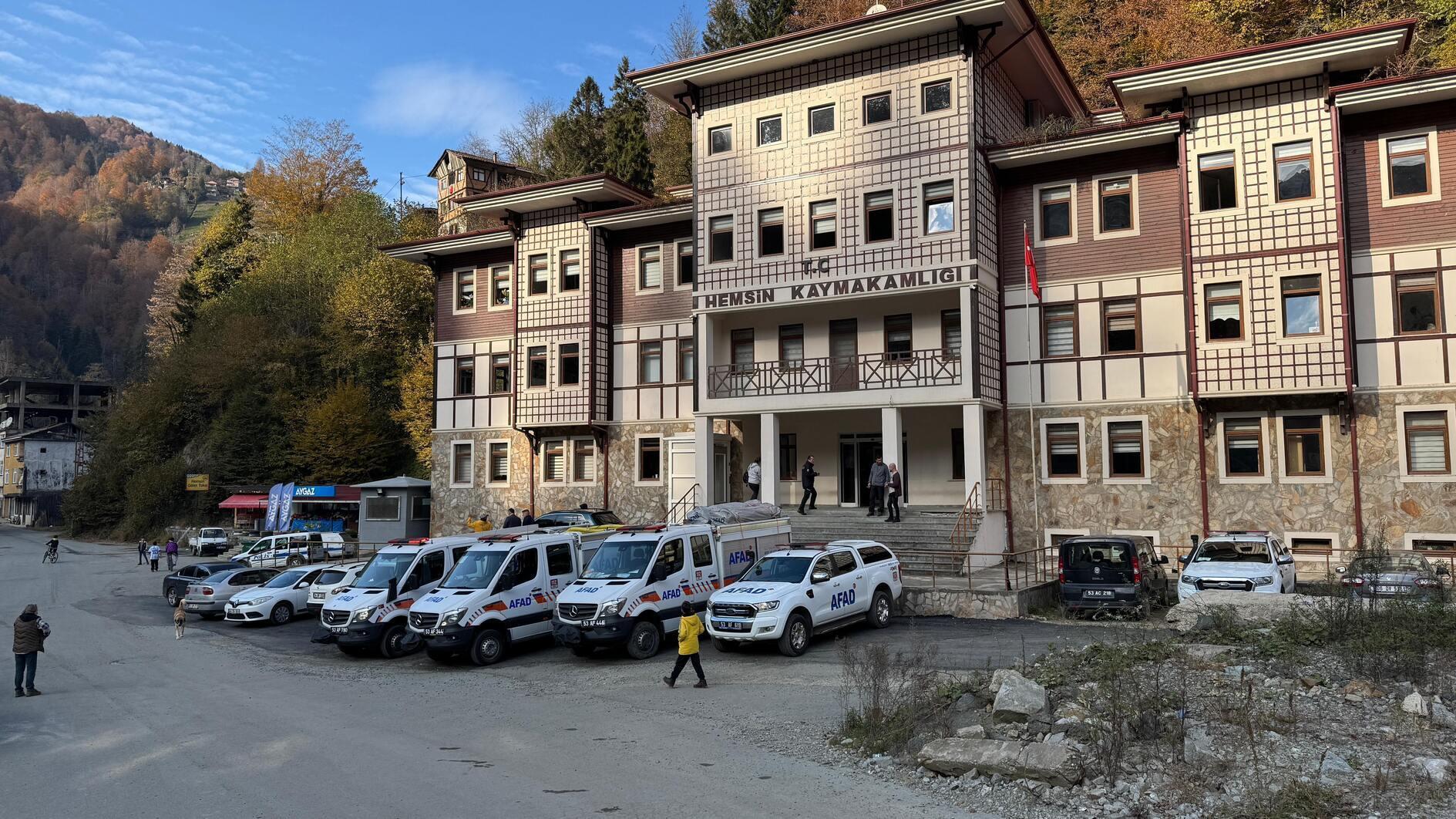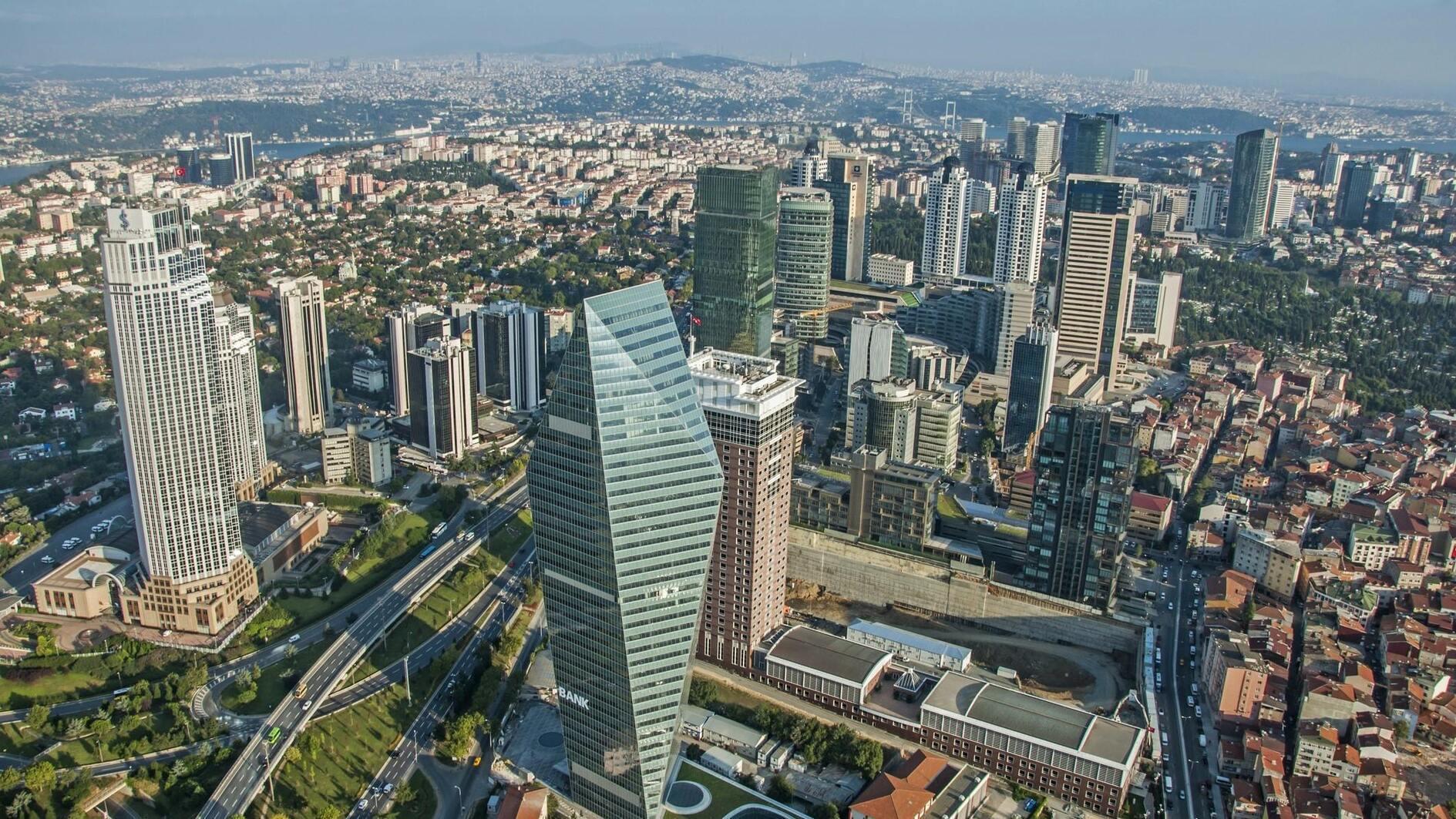Digital evidence criteria in the ‘Balyoz’ verdict
The digital evidence in the “Balyoz” (Sledgehammer) case initiated a major debate during the prosecution process because of a question over its authenticity. The majority of the documents in question are on preparations for a coup. These pieces of evidence are computer-generated Word or Excel documents without original signatures. There are significant contradictions in several of them, and the defendants and their lawyers argued that the evidence was fabricated all through the trial process.
A substantial portion of the defendants in the Balyoz case were included in the investigation merely because their names were mentioned in this digital evidence. They went to jail because of these documents. The mention of their names in these documents was considered by the prosecutor as tantamount to their participation in the organization of a coup attempt.
When the court sentenced 325 of the 361 defendants in September, it justified its decision to a significant extent, if not totally, with these digital documents. With the verdict of the Supreme Court of Appeals the other day, we can say that an interesting situation has emerged regarding this evidence.
In light of this verdict, we see several categories in terms of the consequences caused by the digital evidence.
In the “first group” is the situation of 33 of the 36 defendants who were acquitted by Istanbul’s 10th High Criminal Court in September. All of them are gendarmerie officers and noncommissioned officers. According to the digital documents that the charges were based on, they participated in assassination teams targeting some opinion leaders, columnists and religious community leaders. However, the court found these digital documents insufficient for forming the opinion that they committed a crime, consequently acquitting 33 of the defendants. The Supreme Court confirmed the court’s decision.
Now, let’s move on to the “second group.” In this group, there are defendants who were sentenced by the Istanbul court because their names were mentioned in the digital documents; however, their sentences were reversed by the Supreme Court. Some of the 25 defendants who were released by the high court’s decision fall into this category.
Retired Rear Adm. Ahmet Türkmen was arrested on Feb. 11, 2011. Three pieces of evidence against Türkmen were found on the famous CD number 11. He was charged because his name was mentioned in one Excel and two Word documents that are considered to be a part of the coup plot in the indictment. He was sentenced to 16 years, but the Supreme Court acquitted Türkmen.
One of the civilian defendants in the case is the former general manager of Havelsan, Professor Ömer Faruk Yarman. The only evidence against Yarman was the document named “TÜBİTAK” that was in an Excel document titled “Defense Industry,” which was found during a search at the Fleet Command. According to the indictment, this digital document was created on the date Jan. 9, 2003, by a user named “fyarman.” The prosecutor, based on this document, claimed Yarman had a “key role in the staffing in the defense industry within the ‘Balyoz’ operation plan and had abetted the crime.” The court agreed and sentenced him to 13 years and four months in September.
Yarman had been under arrest since Aug. 15, 2011. The Supreme Court decided to release him the other day.
The Supreme Court’s justification for his release is that there was no “adequate, concrete, convincing evidence to sentence the defendant.”
Therefore, there is digital evidence present in the case file that the Supreme Court views with suspicion.
However, the digital evidence coming from the same sources have caused different consequences in other categories. These kinds of evidence were deemed convincing enough for some defendants to be handed prison sentences, and for some other defendants, they were deemed sufficient enough to be seen as tantamount to “agreeing to commit a crime,” falling just short of the act of attempting a coup. These examples need to be magnified.
Sedat Ergin is a columnist for daily Hürriyet in which this piece was published on Oct 11. It was translated into English by the Daily News staff.











